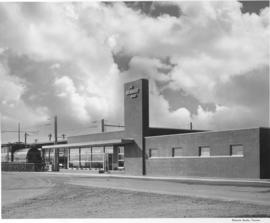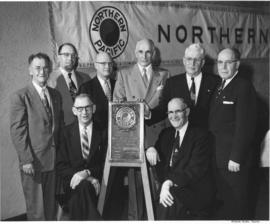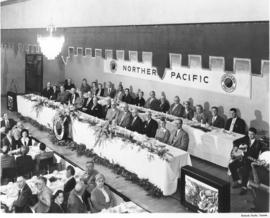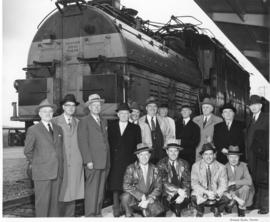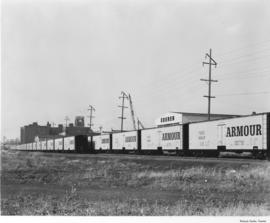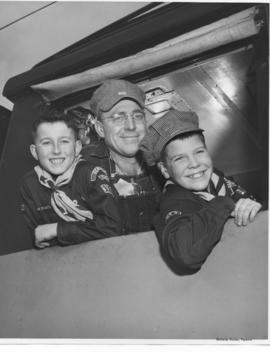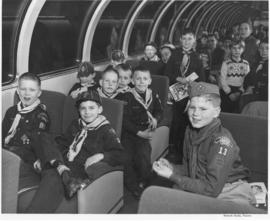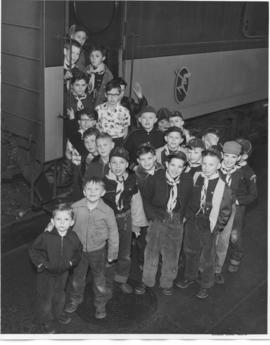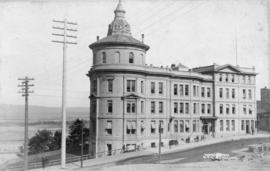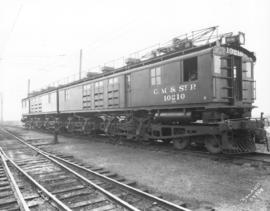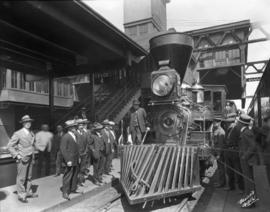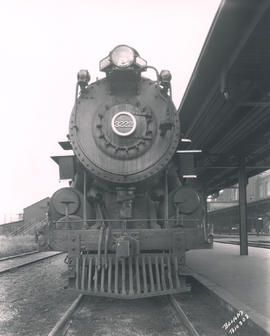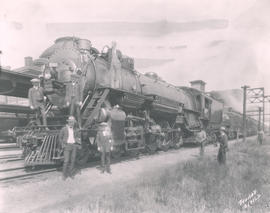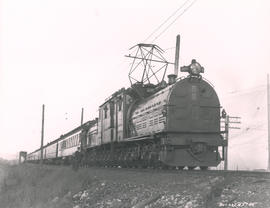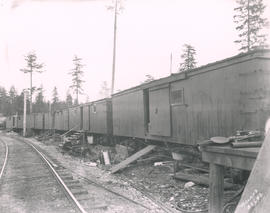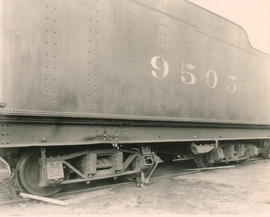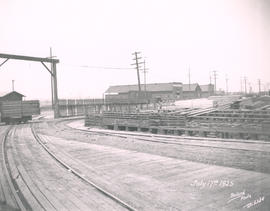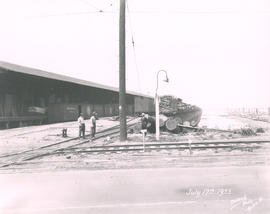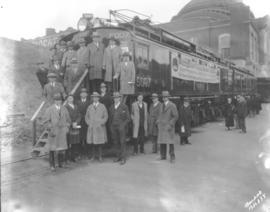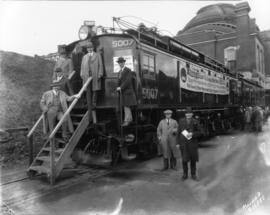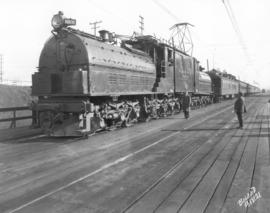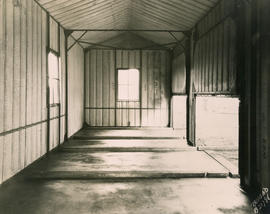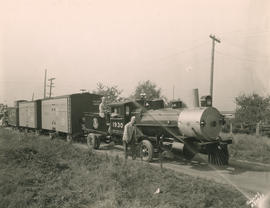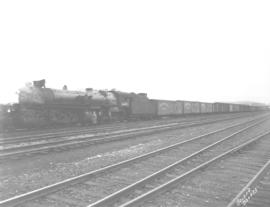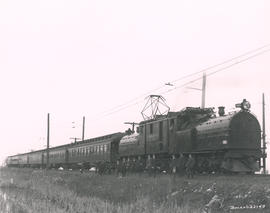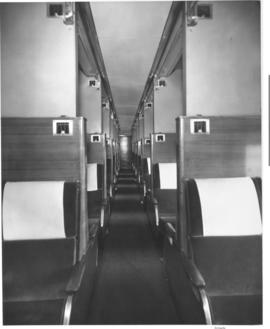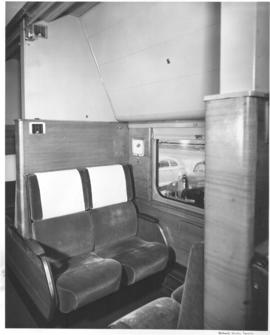- Item
- 1954
Part of Richards Studio Photographs
ca. 1954. The Chicago, Milwaukee, St.Paul & Pacific Railroad Co., commonly called The Milwaukee Road, opened a new passenger depot at East 11th and Milwaukee Way, on the tideflats, in April of 1954. Made of Roman brick, the $150,000 structure was a comfortable place to wait for incoming or outgoing trains. Large plate glass windows provided a clear view of the trains while keeping passengers safe and dry. The railroad company had used a simple wooden building at 25th and A Street since just after the turn of the century. The Milwaukee Road railroad went bankrupt in the late 1970s; all its land and buildings on the tideflats were purchased by Sea-Land in the early 1980s. TPL-3729
Chicago, Milwaukee, St. Paul & Pacific Railroad Co. (Tacoma); Railroad stations--Tacoma--1950-1960;
